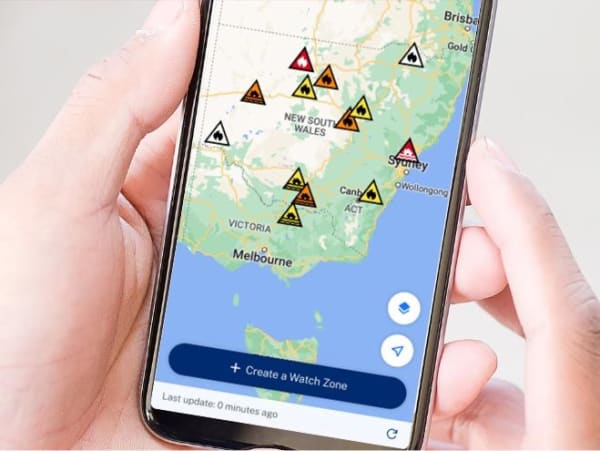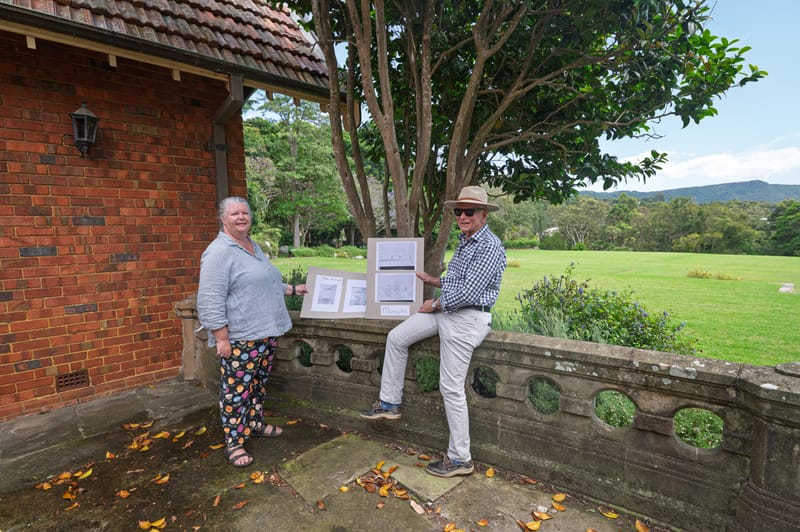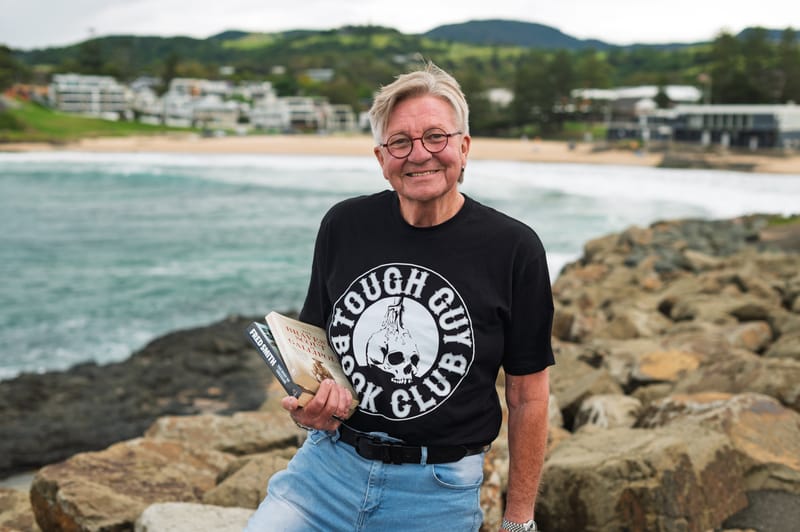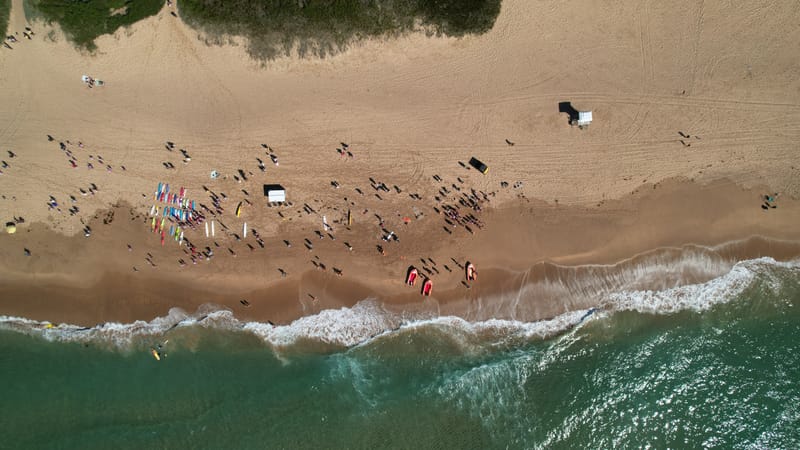'Send help': Why Stanwell Park captain joined the NT's bushfire fight
Despite 47 years of volunteering with the NSW Rural Fire Service, Stanwell Park Volunteer Fire Brigade captain Gary Laker was still taken off guard by the fire behaviour of the intense blazes sweeping across the remote Northern Territory. When we sit down on...
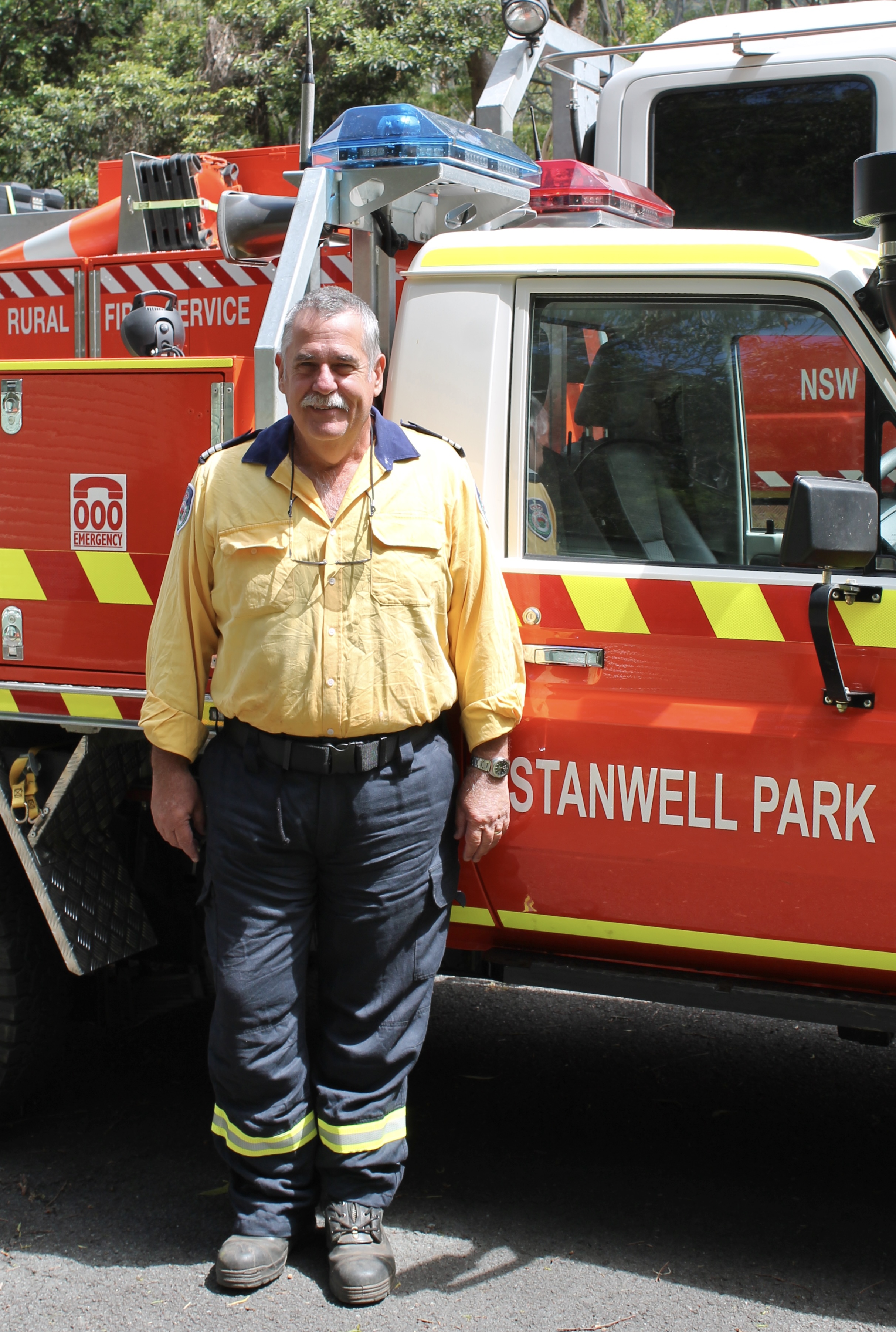
Even after 47 years of volunteering with the NSW Rural Fire Service, Stanwell Park Rural Fire Brigade captain Gary Laker was caught off guard by the very hot, very fast fires sweeping remote areas of the Northern Territory.
When we sat down to chat in late October, Gary had just returned from a seven-day deployment to the Barkly Tableland. Fires have been burning across a large part of the territory for almost four months. In September, fireground officials reported that crews were fighting a fire front roughly three to four times the size of the Australian Capital Territory. By November, more than 13 million hectares had gone up in flames.
Unsurprisingly, Bushfires NT volunteers are exhausted and in September they called on the Australasian Fire Authorities Council’s National Resource Sharing Centre for help.
“The Northern Territory sent them an email – ‘We are done. Send help.’ – and they had the South Australian CFS that went first, then we [NSW RFS] came in after that,” Gary said.
“The local conditions and the local fire behaviour’s very different to what we're used to; obviously a lot of low, grassy scrub, and it burns very hot, and it burns very fast, but here we've got gum trees.
“In the week that we were there, I think there was seven or eight new fires started, and possibly not all by natural causes.”
As well as being unfamiliar with the territory’s dry season grassfires, NSW volunteers found the climate testing.
“It would sneak up on us coastal guys, because you just don't realise how that kind of heat and humidity is going to affect you,” Gary said.
“A few of the guys were surprised by how hot and how dry it was; one day was 37 degrees and six per cent humidity. We were drinking about six litres of water each – I'm lucky if my wife can get me to drink two glasses of water, but we were just throwing it down, and we had a paramedic travelling with us just in case.”
Gary was in the last of five strike teams sent by the NSW RFS. It was a real mixed bag of firies: some from the Blue Mountains, a strike team leader from the Central Coast, a liaison officer from the Hunter Valley and four volunteers from across the Illawarra. But, even with different experiences, they could all empathise with the exhaustion confronting Northern Territory crews.
“That's the furthest I've been and the longest I've been away [on deployment],” Gary said.
“When they said the locals were worn out, I could relate to that, so I thought there's a good chance to give them a rest.
“Theirs is an entire state that has 300 volunteers and 20 fire stations – we have 35 fire stations in our district alone. They were just exhausted.”
Gary knows how burnout feels. Most recently, in early October, he and three fellow Stanwell Park Rural Fire Brigade members spent more than 20 hours assisting local crews at the Bermagui bushfires. Just days before Christmas during Black Summer, he was fighting the Green Wattle Creek inferno that all but wiped out the small village of Balmoral in the Southern Highlands, destroying more than 20 homes and resulting in the deaths of two RFS volunteers. In the little-mentioned 2002-03 bushfire season, Stanwell Park’s brigade alone volunteered 10,000 hours, travelling to fire fronts statewide.
But it was the Black Christmas bushfires of 2001 – when fire came to Helensburgh and Stanwell Tops – that took the heaviest toll.
“I'll say I was more burnt out physically and mentally after the 2001 fires – that was worse because it was closer to home,” Gary said.
“The 2019-20 fires never came north of the Shoalhaven River, it never came east of the Hume Highway, and it never came south of the Central Coast, so we literally – and that was mentioned several times – we were in a little insulated bubble.
“It wasn't on our doorstep and that makes a difference when the addresses you're being sent to could be your own. That makes it harder up here, not necessarily physically, [because] it can always be hard, but it's harder in your own backyard, on you.”
In the lead-up to what is expected to be the most significant bushfire season since 2019-20, Gary and his crew at Stanwell Park are preparing for another worst-case scenario. But between hazard reduction burns, refresher courses and learning new technology born out of Black Summer, he is reminding the community that the best bushfire mitigation tactic begins at home.
“[People] need to investigate what they need to do to make their property as safe as possible, because the catch cry is we can't put a fire truck in every driveway,” he said.
“All that information is out there. The RFS website has a heap of stuff out there, we have… a community engagement unit that will go around and do street meetings in different areas, so if there's one of those, turn up to that and listen to what they're saying.
“The situation with Stanwell Park is historically fires haven't impacted into this little hamlet; they'll come over the top, they’ll come across Maddens Plains, they get to the top of the escarpment, they will trickle over the hill, and then they'll just literally peter out… places up top, Darkes Forest, Helensburgh, totally different story.
“So if something did start in there [at Stanwell Park] under a very specific set of conditions, our first effort would be to get everyone out, because we really don't know how it's going to behave because it hasn’t happened before.”
Since joining in 1976, at age 14, Gary has encouraged friends and acquaintances to volunteer alongside him at the RFS. He would like more people to help this summer and says it’s important to keep in mind that fighting bushfires makes up only a small percentage of your time as a volunteer.
“I think the camaraderie between the people that you work with and the hope that you're making a difference, I think that would be [my favourite] thing, and I just enjoy it too. It's just something I can't imagine not doing, because I've done it for so long,” he said.
“A lot of people that have joined the RFS didn't know anything about it and didn't realise that we did stuff that they'd enjoyed before they had a go.
“People say, ‘Oh no, it's too scary’ and ‘I couldn't breathe in that smoke’, and that's fine – we can cater for that. That makes up a tiny proportion of what we do, so there are many facets to it if someone wants to contribute to the community.”
To volunteer, visit the RFS website.
Don't forget to download the new Hazards Near Me NSW free smartphone app. This is a mobile application on IOS and Android to help you stay up to date. This app replaces Fires Near Me NSW.
